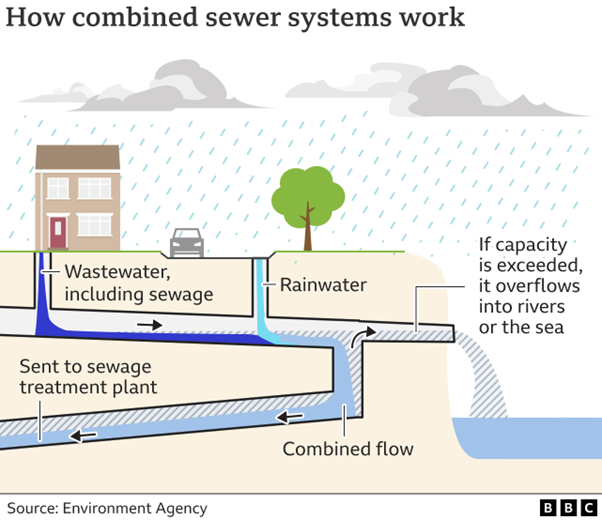Sewerage System
< Back to News

Today we are talking about the different types of sewerage systems.
A ‘Sewer’ is the infrastructure that transports rain and wastewater from our houses and buildings and discharges it either at a sewage treatment plant or directly into the environment. Sewers collect water from household drains, inspection chambers, pumping stations etc and discharges it at the intended destination.
A combined sewerage system transports wastewater from toilets, sinks, showers and domestic appliances along with natural rainwater that runs off our roofs, hillsides, public areas etc. A combined system discharges wastewater and stormwater into local sewage plants for treatment.
Combined systems are often installed in congested areas where there is limited space to install multiple sewerage networks. Furthermore, the constant flow of rainwater into a combined sewer has the effect of diluting the wastewater, making it easier and more economical for treatment purposes.
A separate sewerage system on the other hand, transport rainwater and wastewater in separate sewers to multiple destinations. Storm and surface water collected from roofs, hillsides, and flat open spaces is channelled into local streams, rivers and beaches. Domestic sewage and industrial wastes are carried in a separate sewer to local treatment plants.
Separate sewers are beneficial when there is extreme weather and heavy storms. This is because treatment plants often cannot process the amount of water being discharged under these conditions. Separate systems ease the pressures on sewerage plants, as a result lowering the risk of un-treated overspills into our natural environment.
Check out our ‘Help & Advice’ section to find out more about drainage systems..

